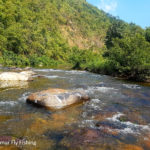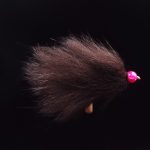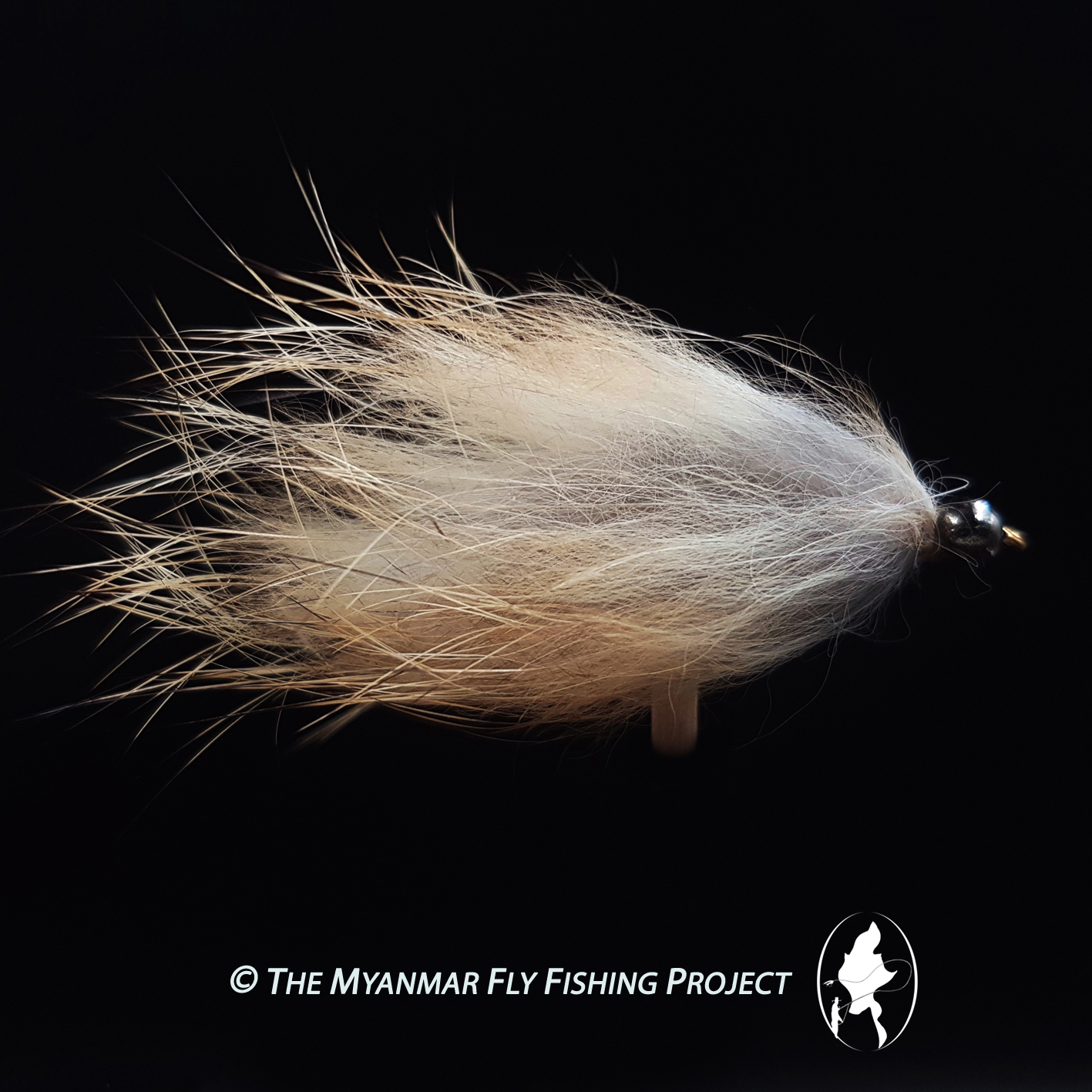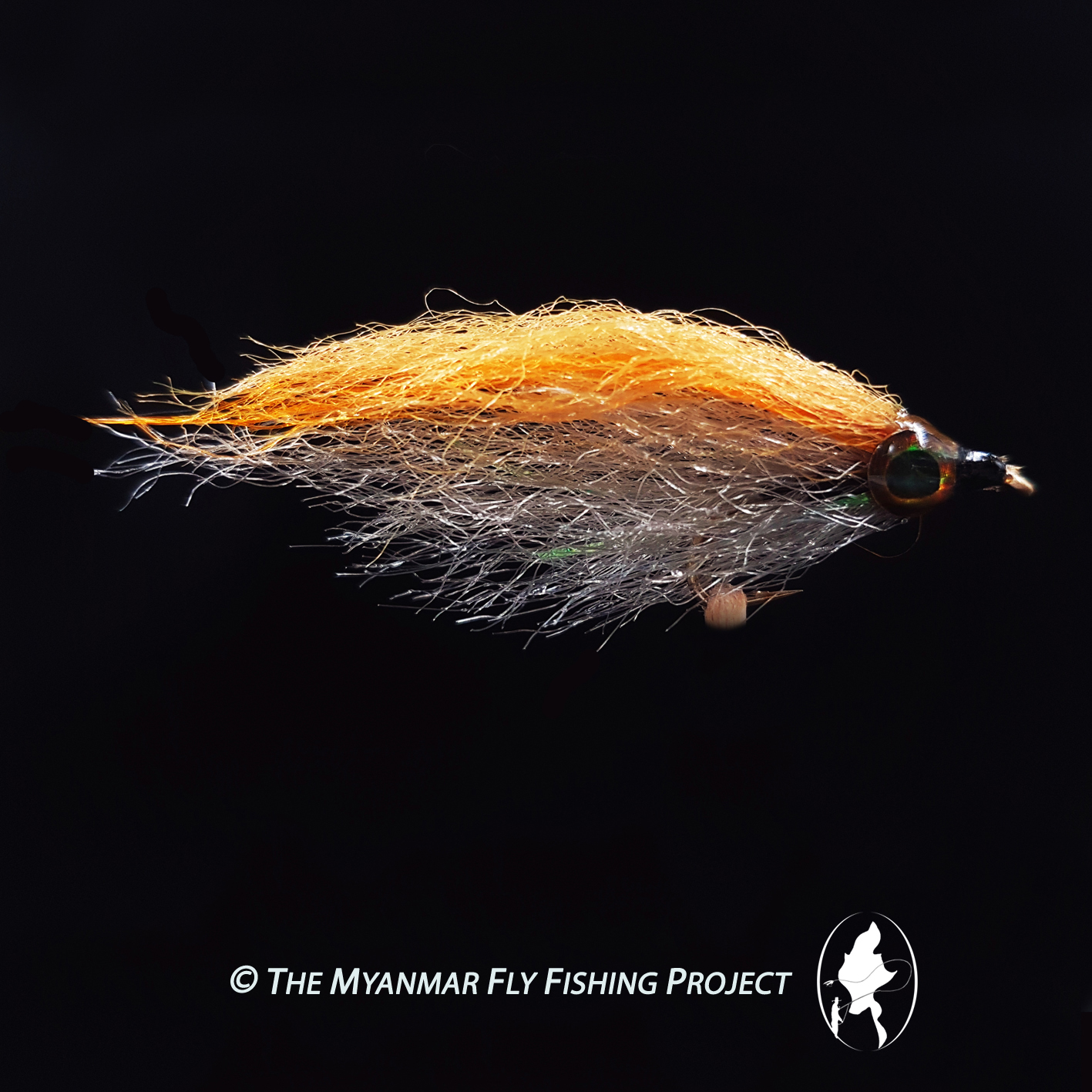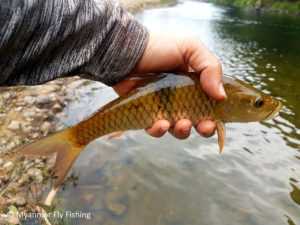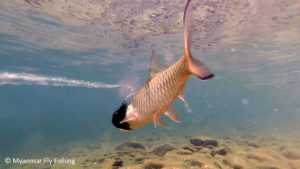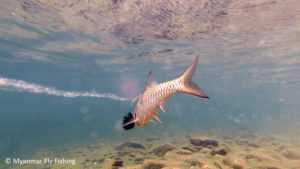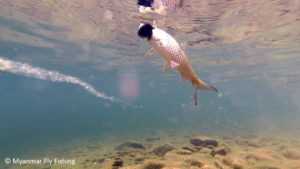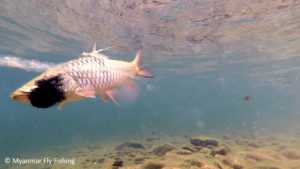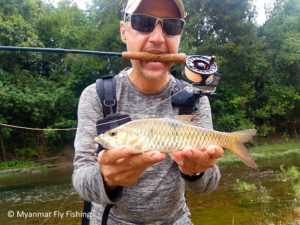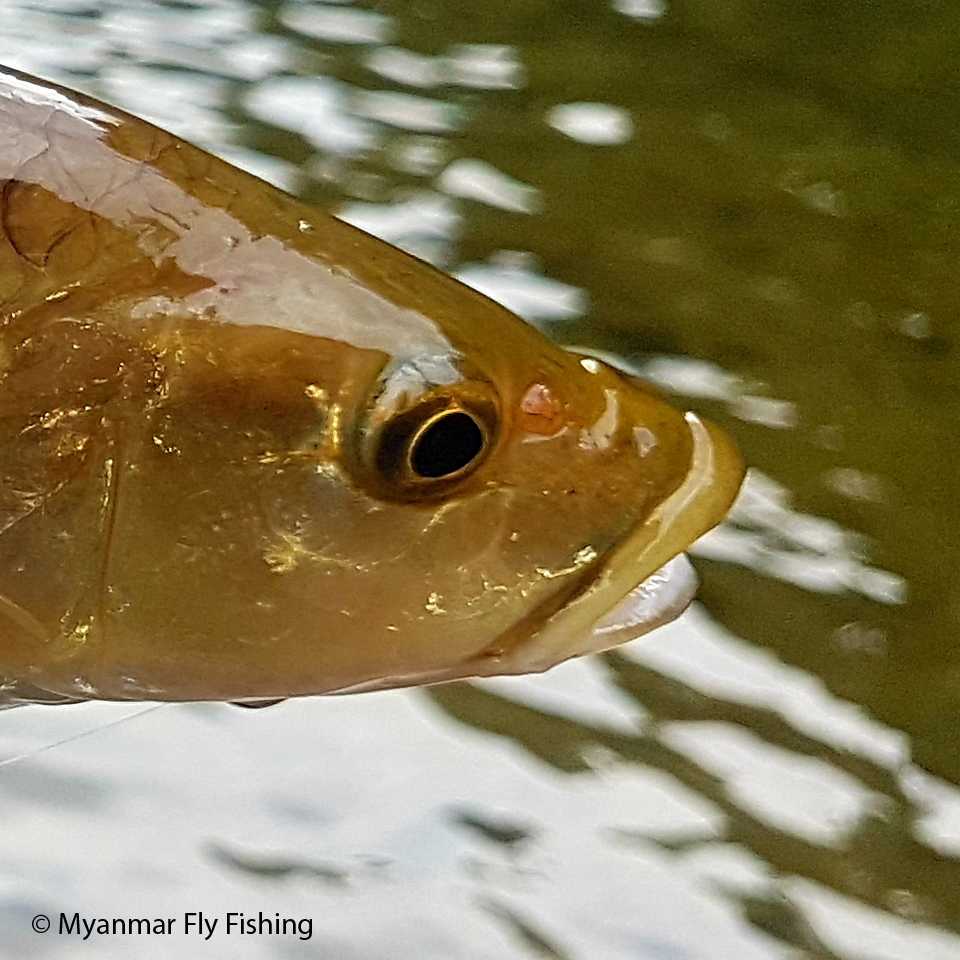
Family: Cyprinidae
Order: Cypriniformes
Myanmar Name(s): none
Occurrence: Native
Description
Hampalas are easy to identify by their colour pattern comprising a dark vertical band originating anterior to the dorsal-fin and extending below the lateral line towards the pelvic fin; the caudal fin is orange to red with black marginal stripes in both lobes of the caudal-fin. Juveniles usually present an additional vertical bar on the caudal peduncle as well as a black teardrop-shaped marking on the cheek; barbels are always longer than eye width. Eyes are located in the upper-side of the head.
Biology / Diet / Behavior
Primarily a predator, hampalas feed on smaller fishes and insects along with a variety of freshwater crustaceans. Though gregarious by nature it’s a shoaling rather than schooling species which develops a distinct pecking order.
Predominantly a riverine fish preferring clear, well-oxygenated, running water with substrates of sand, gravel, rock or mud although it’s adaptable and can be found in both upland and lowland, standing or flowing waters. During the rainy season it is known to migrate into areas of inundated forest to feed and spawn, and it can now be found in many impounded water bodies as a result of human activity including agriculture and damming of river channels. Larger specimens apparently tend to frequent deep pools of main river channels, and often converge among submerged tree trunks and branches.
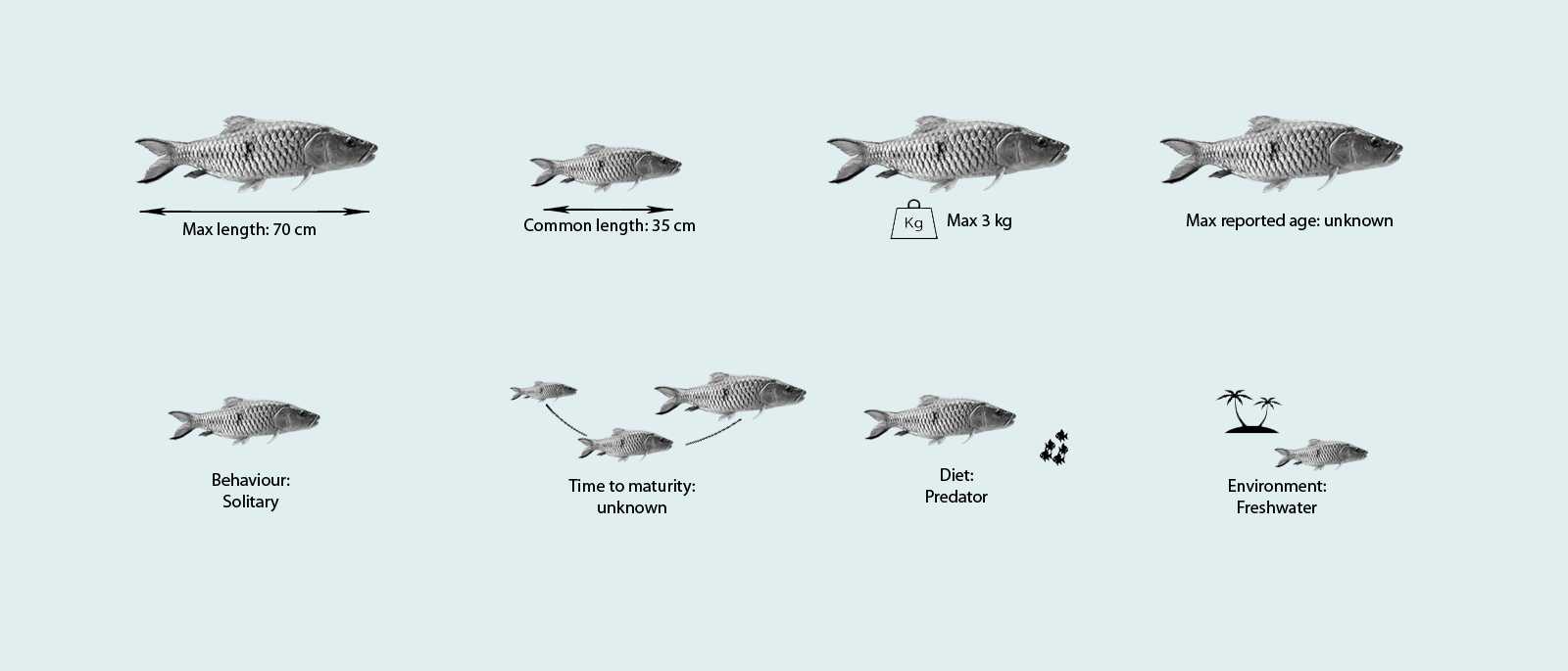
Fly Fishing For Hampala In Myanmar: What We Understand & Know So Far...
Hampala is a difficult fish to catch on a fly... If they have a chance to take their time to look at the fly, then they lose interest... The best way to catch them is to strip the fly quickly, especially in rapids or in close proximity to those rapids.
They are easier to catch early or late in the monsoon season, when rivers get a bit of colour. In these conditions, a small popper will trigger explosive surface takes.
Once hooked, they pull hard and would have the tendancy to bend hooks if the angler pulls too much which is otherwise necessary to avoid them reaching for underwater obstacles.
Being difficult to catch on a fly makes them a great and challenging target fish.

